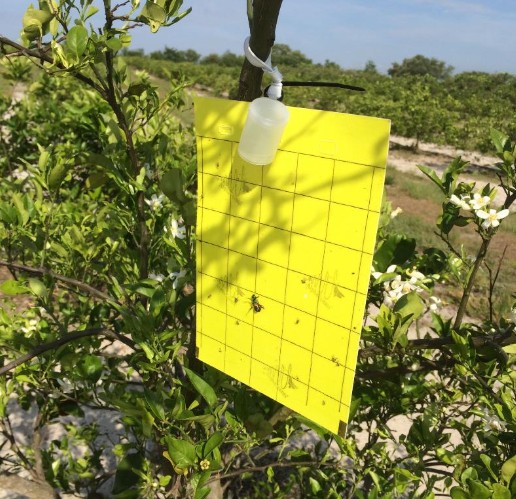Citrus greening disease has yet to find its footing in Georgia. But that doesn’t mean it can’t or won’t eventually.

Mary Sutton, University of Georgia assistant professor and citrus Extension specialist, discussed the ramifications of citrus greening during the recent Southeast Citrus Update in Lyons, Georgia.
“If we get greening established here, we’ll start seeing lower and lower production on individual trees. What fruit we get would be poor quality, because we’ll have issues with color development as well as the Brix and acid levels,” Sutton said. “We’ll start seeing less and less fruit that are acceptable for the fresh market. Since that is what our main focus is right now, it could really shoot us in the foot if we don’t keep it under control.”
Citrus greening was observed in a small Georgia grove for the first time in 2022. If Georgia growers hope to keep the disease from becoming more widespread, they must monitor for Asian citrus psyllids, which serve as vectors of the disease. It is essential that producers scout regularly.
“A lot of the county agents are currently monitoring for psyllids. You put out one of those sticky yellow trap cards. Check it every week, and you can find psyllids on there if you have them,” Sutton said. “So far, we haven’t seen too many. Other than the actual psyllids and the nymphs which have that waxy white secretion, you can also look for canopy symptoms. This includes things like the blotchy mottling of leaves, any sort of dieback, and fruit that’s not coloring up or seems smaller than normal.
“Each of those individual symptoms could be caused by other things. But if you start seeing them altogether, then you might have a problem.”
By Clint Thompson and Dale Sandlin










